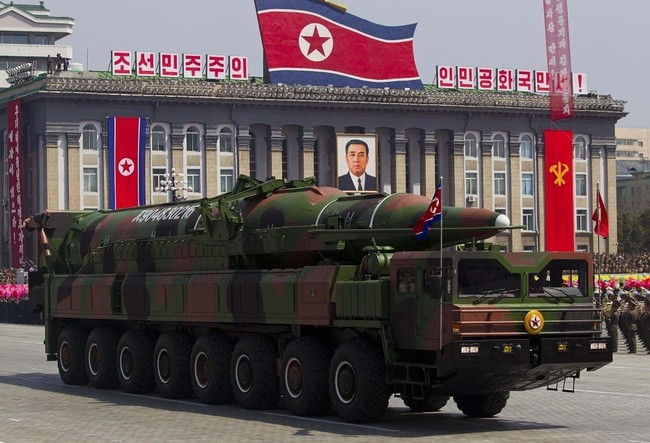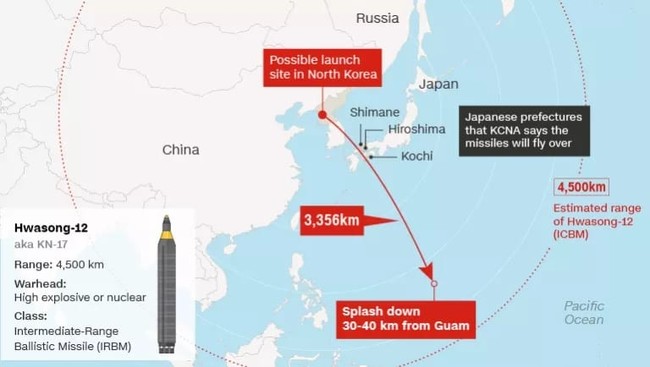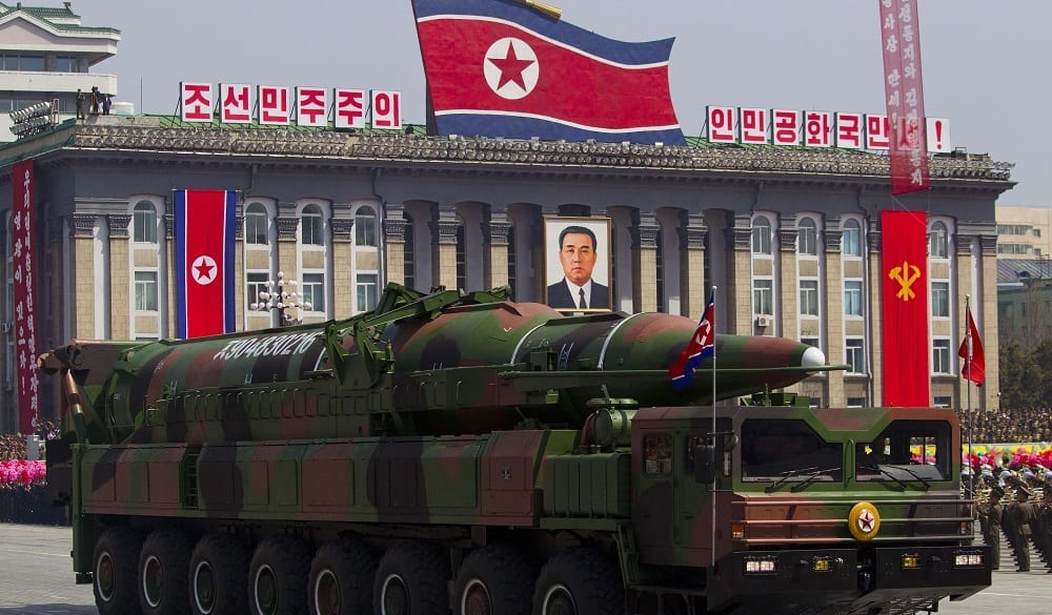
The US is set to begin large scale naval exercises in the Western Pacific involving the navy of South Korea. The participants will include the carrier strike groups led by the USS Ronald Reagan and the USS Carl Vinson and the USS Michigan, a nuclear submarine that has been specially modified to serve as a platform for launching a massive barrage of Tomahawk Land Attack Missiles.
Vessels from the United States Navy and the Republic of Korea (ROK) Navy are scheduled to participate in the Maritime Counter Special Operations exercise (MCSOFEX) Oct. 16-26, in the East and West Seas to promote communications, interoperability, and partnership in the 7th Fleet area of operations.
The exercise will provide a visible and coordinated engagement for the U.S. – ROK alliance. It will also conduct combined joint operations and exercises with ROK Navy, U.S. Seventh Fleet, ROK Air Force, U.S. Pacific Air Forces’ 7th Air Force and U.S. Eighth Army for the purpose of continuing the United States’ national policy and commitment to the U.S. – ROK alliance and the region.
The North Koreans aren’t happy–though I’m not sure their happiness is one of the exercise objectives–and seem to be gearing up for a large scale missile launch.
KCNA: "The Trump team is trying to provoke the DPRK through such reckless military provocations as dispatch of B-1B…and nuclear carrier."
— Jonathan Cheng (@JChengWSJ) October 14, 2017
KCNA: "Such military acts compel the DPRK to take military counteraction."
— Jonathan Cheng (@JChengWSJ) October 14, 2017
Via Japan Times:
Beyond the personal insults, Trump has threatened to “totally destroy” the North if Pyongyang threatens the United States and its allies. Kim, meanwhile, unveiled a plan in August to fire a salvo of intermediate-range missiles to bracket the island of Guam – some 3,400 km from Pyongyang – with “enveloping fire.”
Although Kim later walked back that plan, on Friday a researcher with the North Korean Foreign Ministry’s Institute for American Studies warned in a commentary run by the official Korean Central News Agency that the scheduled joint exercises, as well as recent flights by the U.S. strategic bombers, could force Pyongyang’s hand in “taking the toughest countermeasure.”
The researcher, Kim Kwang Hak, did not detail what that would mean, but reiterated the North’s earlier plan to target the area around Guam, home to the sprawling U.S. air base where the B-1Bs are based.
“We have already warned several times that we will take counteractions for self-defense including a salvo of missiles into waters near the U.S. territory of Guam, an advance base for invading the DPRK,” he said, according to the commentary.
“The U.S. military action hardens our determination that the U.S. should be tamed with fire and lets us take our hand closer to ‘trigger’ … the toughest countermeasure,” the researcher said.
While the 7th Fleet said in its statement that next week’s exercises would “provide a visible and coordinated engagement” for the U.S. and South Korea, the North views such drills as a rehearsal for invasion and routinely lashes out at them.
On Saturday, South Korea’s Dong-a Ilbo daily, citing U.S. and South Korean intelligence officials, reported that ballistic missiles mounted on transporter-erecter-launchers (TELs) had been spotted in three to four regions in North Korea, a sign it could soon test a long– or intermediate-range missile.
The report said a U.S. satellite had recently captured images of the missile-mounted TELs being transported out of a hangar to areas near Pyongyang and North Pyongan Province.
Intelligence officials said they viewed the move as a sign of preparations for launching of a missile comparable to the Hwasong-14 intercontinental ballistic missile or Hwasong-12 intermediate-range missile, the report said, adding that the North could also test-fire a new Hwasong-13 solid-fueled ICBM, which may have a longer range than its Hwasong-14 counterpart.

This will be interesting. If the missiles are aimed to fall within 40 miles of Guam, this could very well be read as an attack directed at Guam when the missiles are first launched and trigger a response while they are still in boost phase. A safer bet is that he will fling them over northern Japan again as he knows he an get away with that. Coincidentally:
A biannual U.S. Forces Korea (USFK) evacuation drill is scheduled for October 23-27, just more than a month after a mysterious fake evacuation message was sent to some of the American servicemen in South Korea.
Known as “courageous channel,” the drill aims to prepare the USFK for a mass evacuation involving the families of around 28,500 troops who, in event of a crisis, would have to be evacuated in a matter of days to the U.S. base in Okinawa, Japan—the likely first stop in an emergency situation.
The crisis could be a natural event, such as an earthquake, or a man-made problem, such as the outbreak of a conflict or civil unrest. The exercise aims to provide clarity regarding the roles and procedures to be followed, including issues such as power of attorney, financial concerns, and pets, who are considered family members.













Join the conversation as a VIP Member